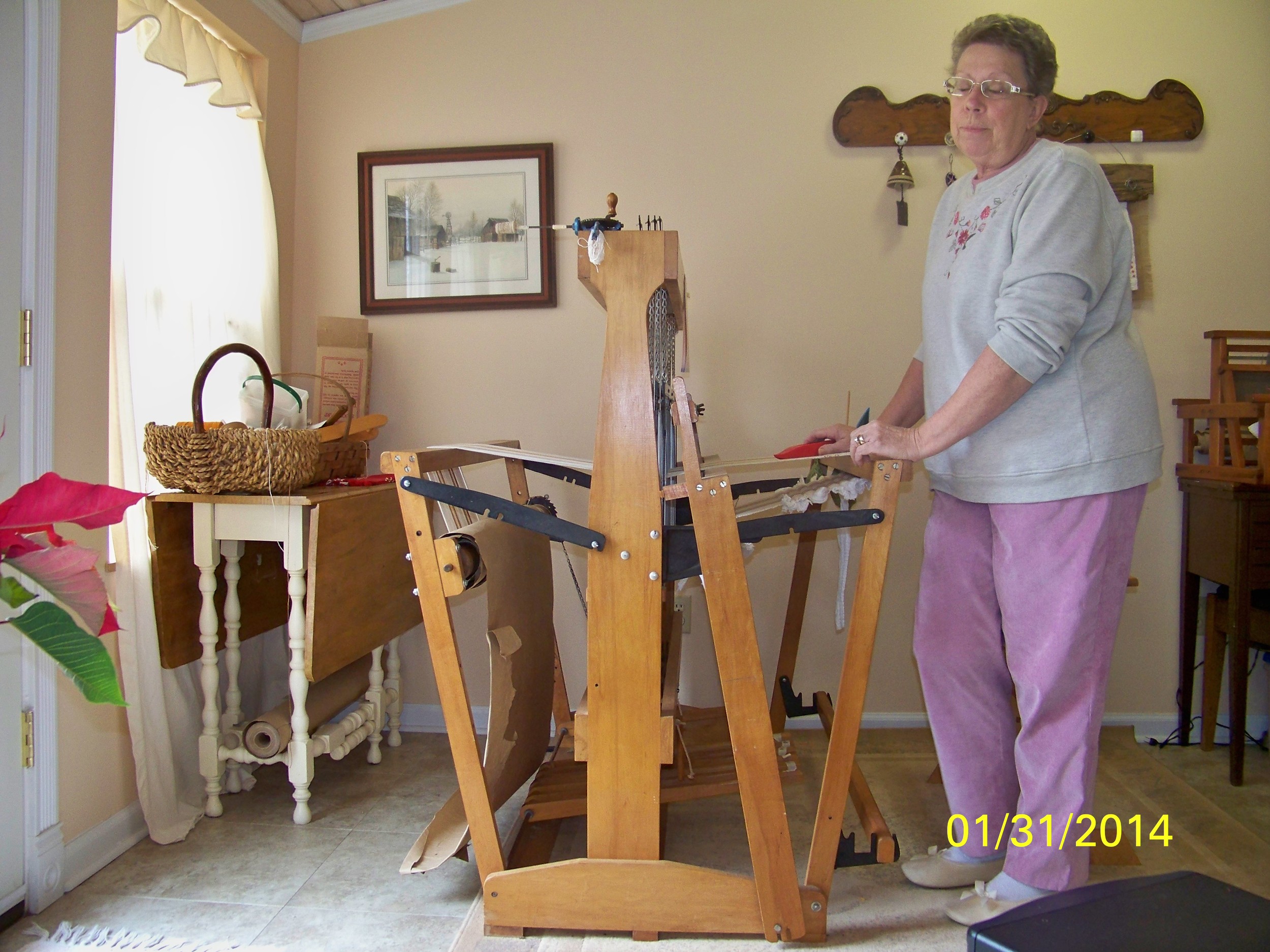Picture This
/I have a few blogs that I try to read every week for education and inspiration. This week one of them posted a very old portrait which inspired me to share two of my most prized possessions which are shown here.
These portraits are my great-great grandparents, Andy and Polly Livesay. I don’t have dates on the pictures themselves, nor do I have a whole lot of information on the people. However, I do know that their son, my great-grandfather, was born in 1876 and we believe him to have been the youngest child, therefore dating these pictures about 1875 seems reasonable.
Like almost all pictures from that era, these people have a very solemn, almost sad look. It’s easy to reason that they had difficult lives, faced death and disease from an early age and had little reason to smile. While those things are certainly true of life in the mid-19th century, that probably doesn’t account for all the serious expressions that are memorialized in pictures.
The fact is that photography of that day required the subject sit, virtually motionless, for several minutes. The photographer would tell you to relax your face because it’s just hard to hold a smile that long. Then, to keep your head from bobbling about as we tend to do, he would affix a metal brace behind you – now, if that didn’t give you the shocked look we often see, I don’t know what would.
Pictures were valuable in that day. Most of us can still remember when taking snapshots required the purchase of film and then paying for developing. Even those pictures were more costly than today’s digital media that allows us to snap a dozen shots of anything remotely interesting. Sometimes the value of photos is easily forgotten since today we can pick, choose and edit our pictures so we give little thought to how many times we click the shudder. In 1850 having a picture made was a pretty big deal. It was reserved for special occasions and was prepared for as such.
The family valued Andy and Polly’s portraits long after they were gone. Family legend says that my great-grandfather’s severely impoverished family moved many, many times with their household goods packed in a wagon and pulled along unimproved roadways with much bouncing and shaking. These pictures (along with a third portrait now in the possession of my second cousin) were the first things to be packed and were moved between the bed pillows. Upon arrival at the new home, they were the first items unpacked and immediately hung up.
Today they still hold great value to me. Even with their near-scowling look, I am happy to have them watching over my family and reminding us that we have a history, we need only to learn it. As I said before, I know very little about these people and the lives they led, but I always wish I could read the thoughts that must have been going through their minds as they sat perfectly still to create these images. Andy would have been a young man during The Civil War, I wonder if he fought, or begged parents to allow him to go because he was just a little too young? I don’t even know how many children this pair had, but it seems I can see great sorrow etched in the lines on Polly’s face – at a time when the infant mortality rate was something like 100 out of 1,000 live births wouldn’t survive, and when vaccines did not yet exist to prevent childhood diseases we’ve all but eradicated now, it isn’t hard to imagine how much sorrow she must have faced.
Surely there were joys too, though! And yet the photographic technology of the day didn’t do a very good job of recording those. Still, as I look closely at Andy’s eyes, it seems I can see a kindness there.
As I look at other historical photos, the people often seem to be dressed so well, and surely everyone would have been photographed in their very best. But Andy isn’t even wearing a tie / cravat or a vest – both of these were very much in fashion in the late 19th century. It’s hard to see the cut of Polly’s dress, but there is a bit of lace around the neck. Almost all lace was machine-made by 1900, but it still had to be a bit of a luxury to poor families. The images have been hand-tinted so the details of her dress are a little harder to discern, and certainly the cut of the skirt which might help to date the style, isn’t visible in this head shot.
Andy’s picture is framed in a very simple black lacquer frame, which I’m afraid has taken much abuse over nearly a century and a half, but Polly is framed in gold leaf. This frame is also very worn, but would have represented a significant investment in 1875. Surely the existence of the pictures and the quality of the frames tells us they were experiencing at least a period of prosperity.
People can stand before the art work of the masters for hours imagining his thoughts and intentions. I find I can do the same with old photographs. While I’m thrilled to simply have the two dimensional images, there is so much more of the story I long to know. Maybe some details will reveal themselves through family research. However, unlike histories of Washington or Lincoln or Lee, who were written about and whose writings were preserved, so much of these lives have been lost to history. Now, we can only imagine… ah, is there a short story there?
I would love to hear about your old family photos, and if you’d like to share them, please do. Just click on “comments” below.








